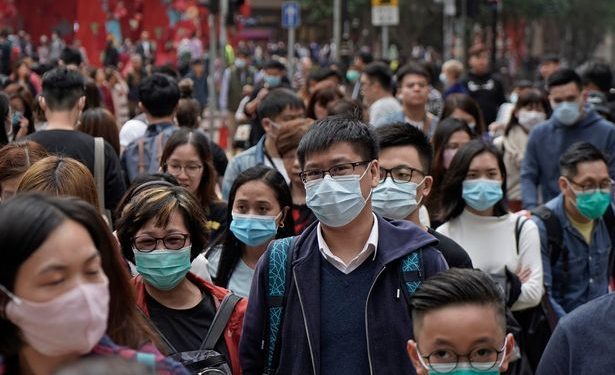Jakarta, Indonesia Sentinel — China is grappling with a new viral outbreak following the COVID-19 pandemic, as cases of Human Metapneumovirus (HMPV) rise sharply across the country. The surge has drawn international attention, with Chinese authorities ramping up screening, detection, and isolation protocols to contain the virus.
According to CNBC Indonesia, China has reported a surge in human metapneumovirus (HMPV) infections, while Chinese government has intensified monitoring efforts as infections spread rapidly The virus continues to spread, with Northern provinces appear to be the hardest hit, with symptoms resembling those of COVID-19.
The Chinese Center for Disease Control and Prevention (CDC) reported a notable rise in HMPV cases between December 16 and December 22, 2024, particularly among children under the age of 14, according to report from KataData.
Health officials are closely monitoring the situation while hospitals and crematoriums in certain regions reportedly struggle to manage the influx of patients, as highlighted by NDTV on January 3, 2025. Viral online videos depict overcrowded hospitals, with claims of emergency conditions, although no official confirmation has been provided.
Understanding HMPV
Human Metapneumovirus (HMPV) is an RNA virus belonging to the Pneumoviridae family and Metapneumovirus genus. It primarily affects the respiratory tract and often presents symptoms similar to the common flu.
Discovered in 2001 by Dutch researchers studying nasopharyngeal samples from children with unidentified respiratory infections, HMPV remains relatively unknown to the general public.
The virus spreads rapidly through human contact and can cause flu-like or COVID-like symptoms. It poses significant risks to vulnerable groups, including children, the elderly, and individuals with weakened immune systems.
Symptoms and Transmission
According to Tirto.id, HMPV infection shares many symptoms with influenza, including:
- Cough
- Fever
- Runny or congested nose
- Sore throat
- Shortness of breath (dyspnea)
- Asthma exacerbation
- Rash
- In severe cases, symptoms may include fatigue and body aches
The virus spreads similarly to COVID-19, primarily through respiratory droplets from coughing and sneezing, close personal contact, or touching contaminated surfaces and then touching the mouth, nose, or eyes.
Unlike COVID-19, which can remain airborne for extended periods, HMPV tends to spread more rapidly during cold or flu seasons.
In severe infection cases, further medical treatment may be necessary, especially for children or elderly individuals with underlying health conditions.
Treatment and Vaccine Development
Currently, there is no approved vaccine or specific antiviral treatment for HMPV. Care focuses on alleviating symptoms, including fever reduction, hydration, and oxygen therapy for severe respiratory distress.
Researchers are actively working on antiviral therapies and vaccine candidates for HMPV. Experts remain hopeful that scientific advancements will lead to a breakthrough, similar to the rapid development of COVID-19 vaccines during the pandemic.
Understanding International Food Standards in Global Trade and Public Health
As China continues to combat the spread of HMPV, health authorities worldwide are closely monitoring developments, emphasizing the importance of preventive measures and early detection to limit the virus’s impact globally.
(Raidi/Agung)


























